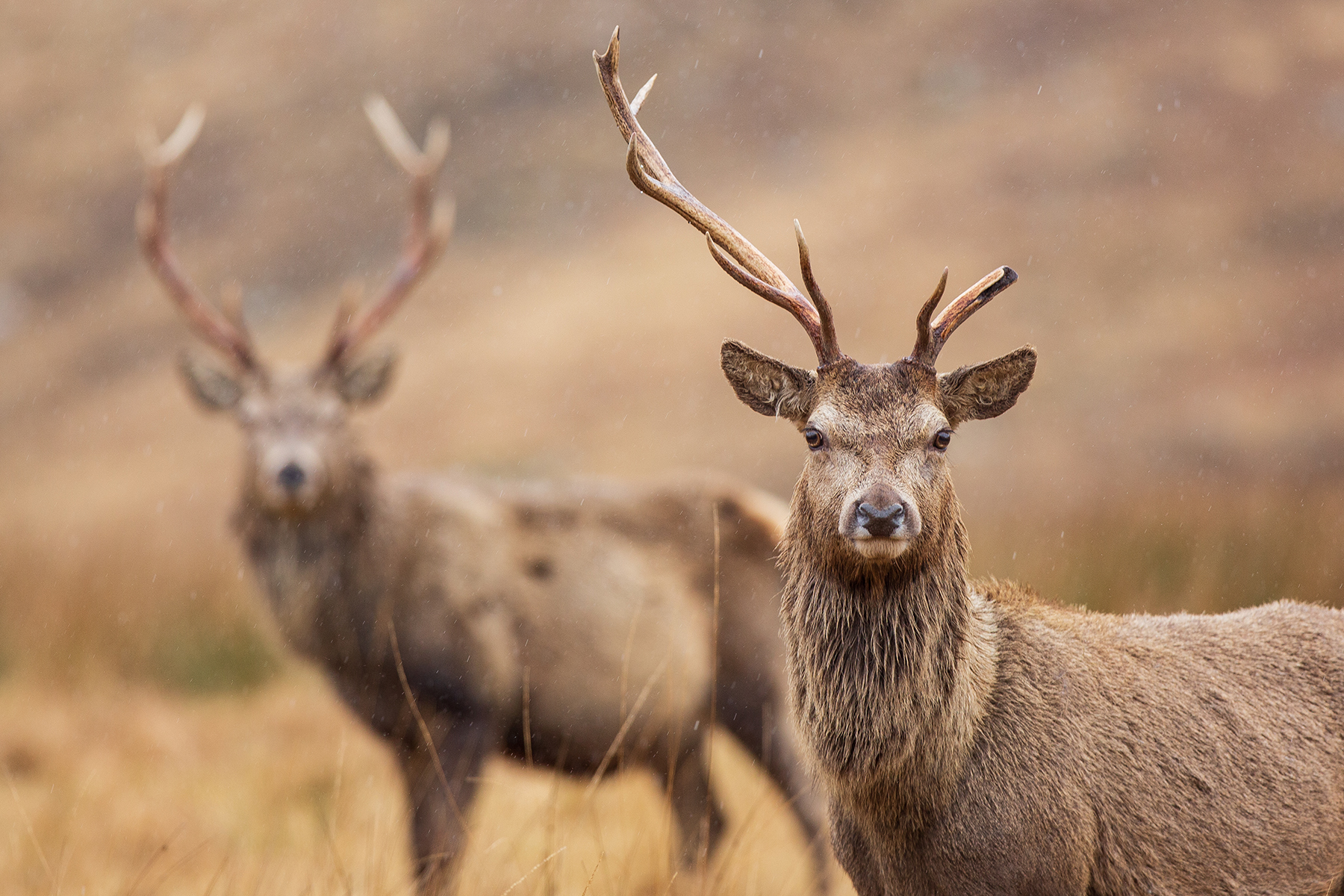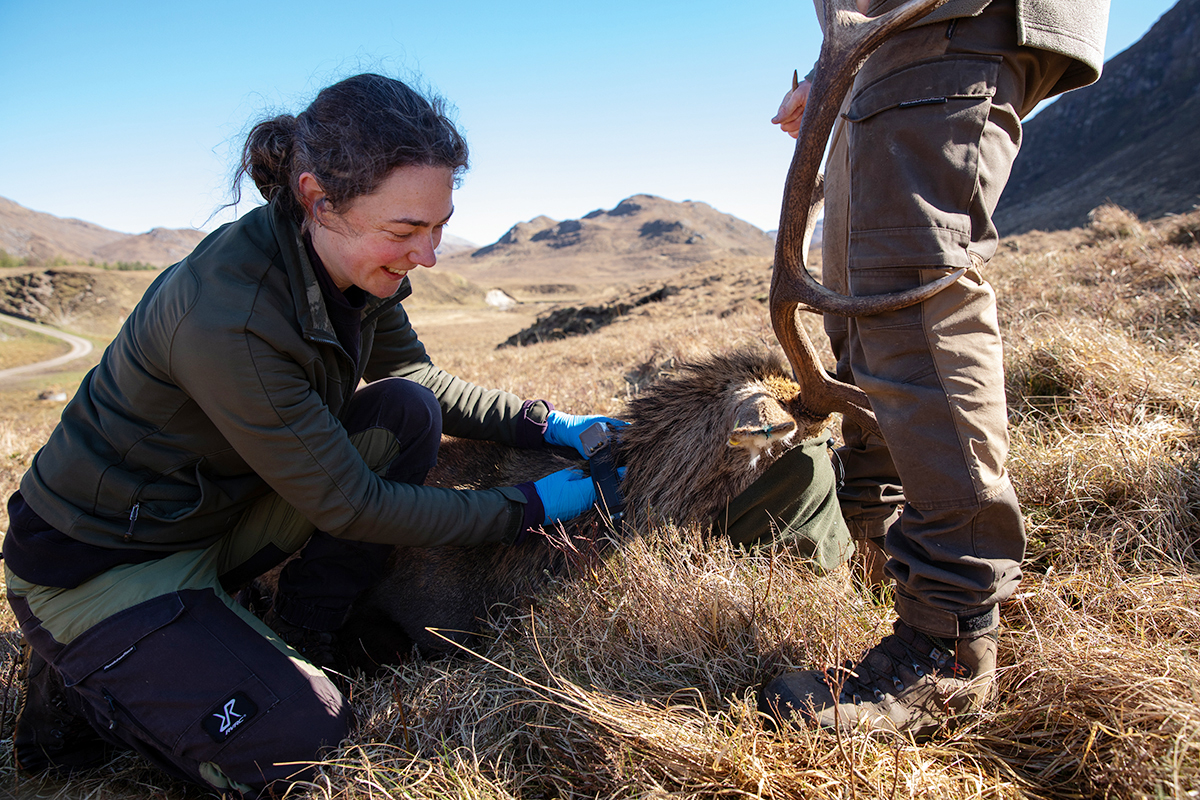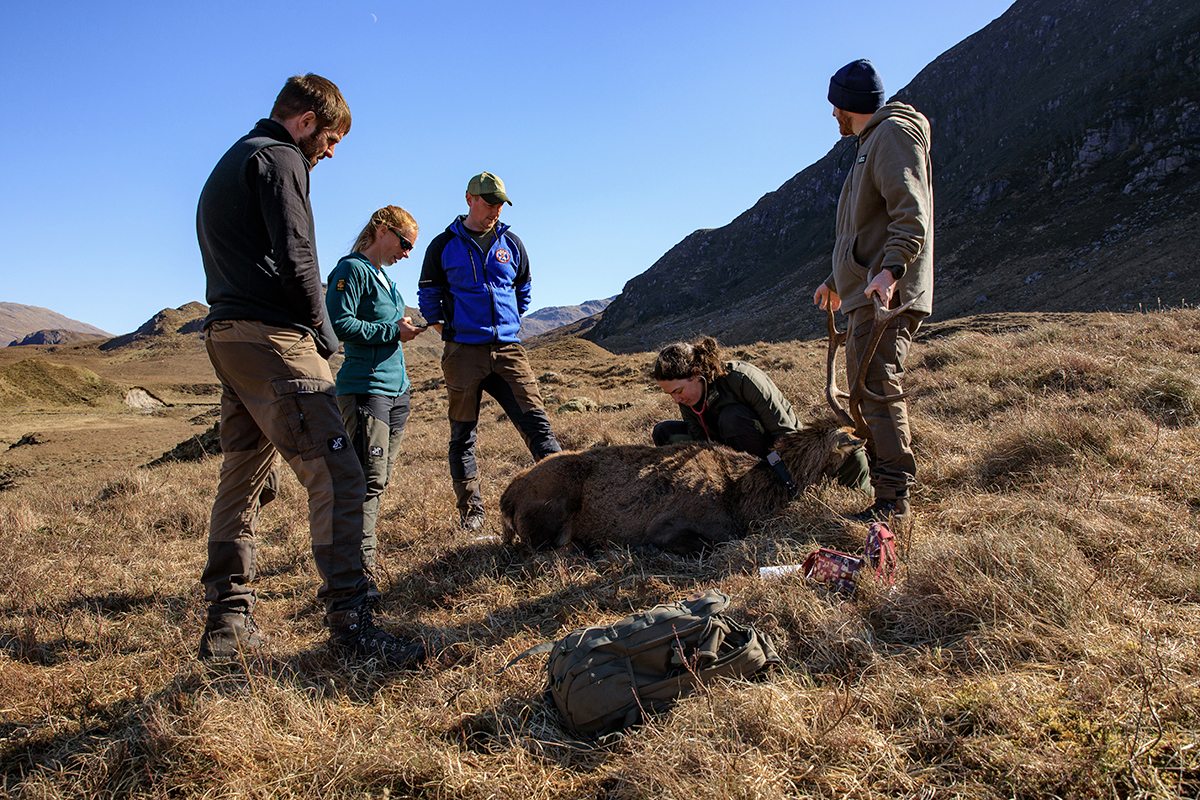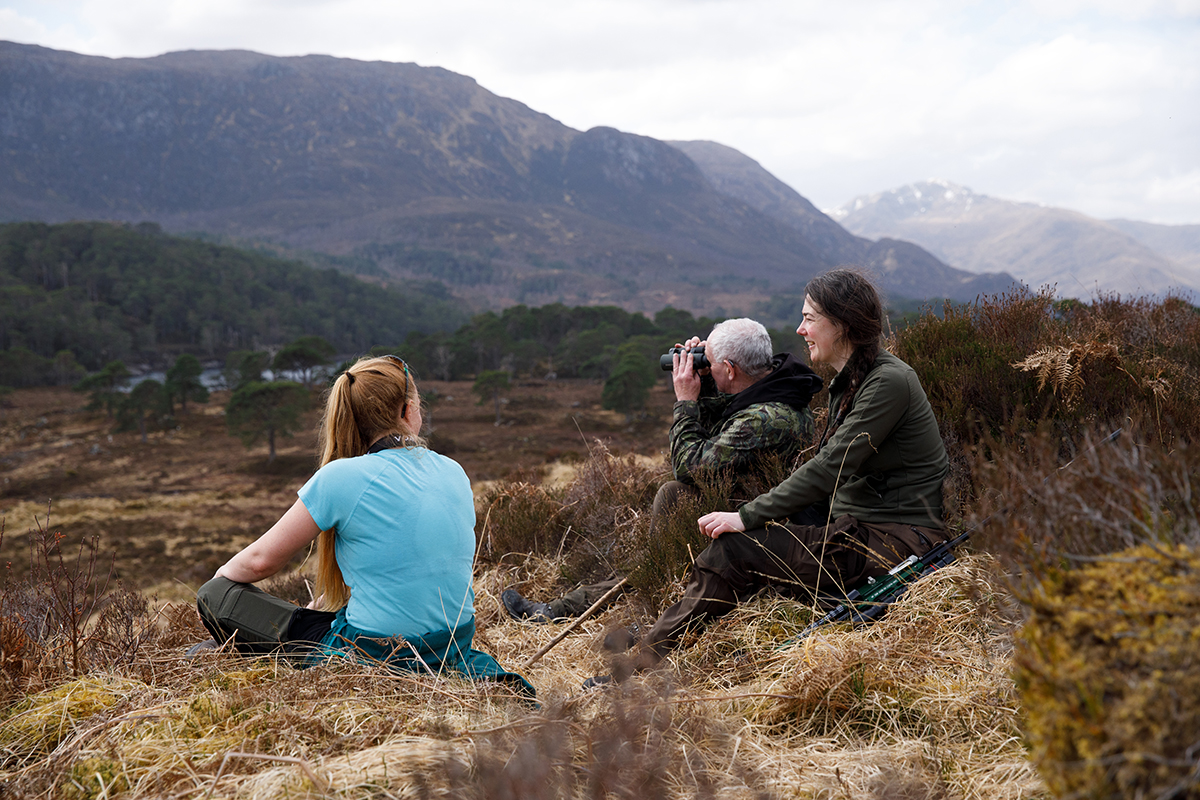A groundbreaking GPS study in the Highlands
We’ve partnered with Durham University to launch an innovative red deer collaring project — the first of its kind in this part of Scotland — to better understand how red deer move through our landscapes and how they interact with different habitats.
Through advanced GPS tracking technology and close collaboration with deer stalkers and land managers, this pioneering research is set to deliver vital insights that will inform sustainable deer management and nature recovery across the west Highlands.



